Flooding the Archive in Curatorial Research: Foundations and Emerging Practice in Botswana with Ora Loapi
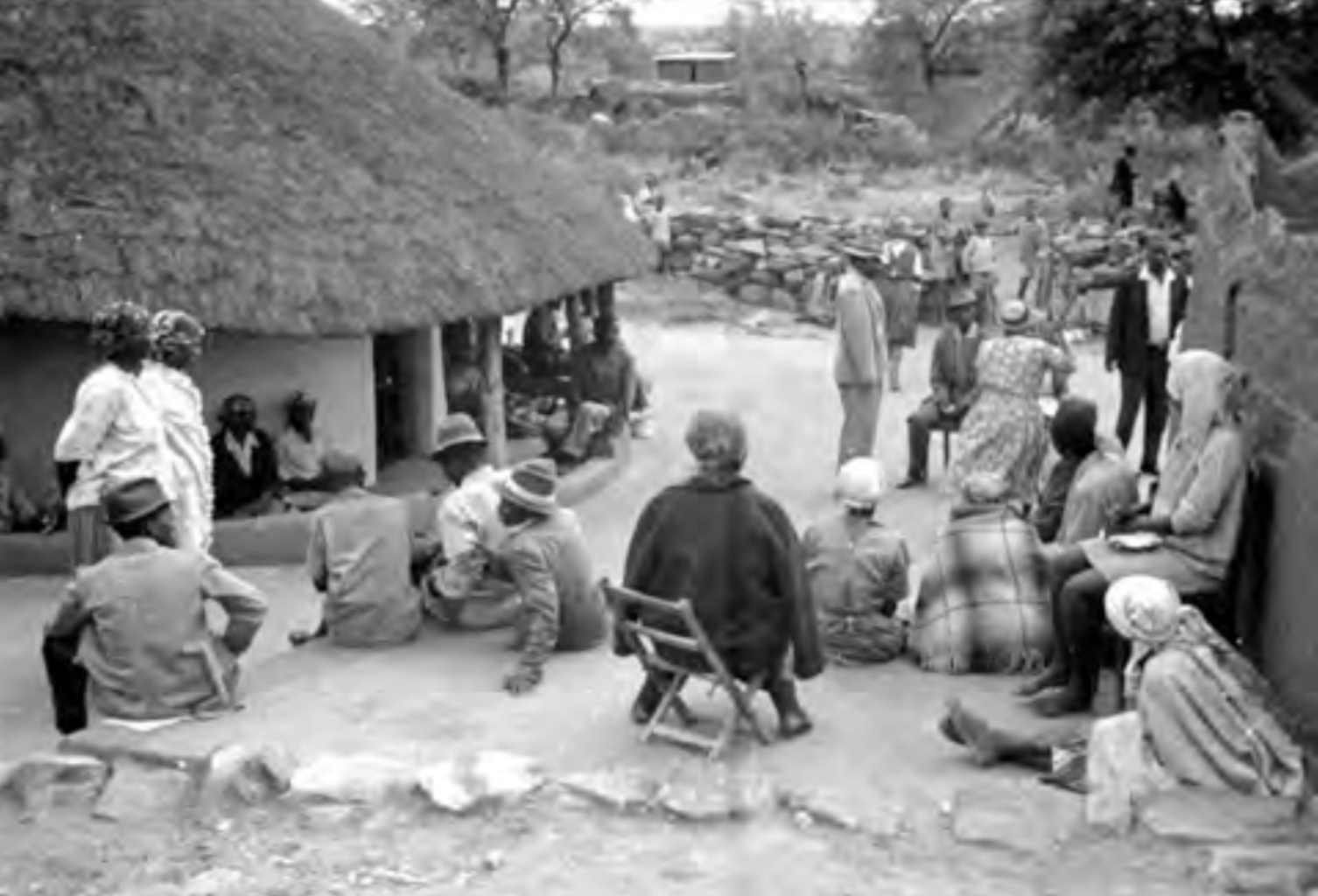 Photograph courtesy of Sandy Grant
Photograph courtesy of Sandy Grant
----------------
The art and cultural organization Ora Loapi is spearheading a movement to reshape how Botswana's history is told, employing a strategy known as "flooding the archive." Lerato Motshwarakgole, the organization's Founder and Director, asserts that it is crucial to incorporate previously marginalized voices into the national narrative through artistic expression.
Motshwarakgole highlights that traditional historical accounts have predominantly favored official perspectives, neglecting the stories of women, LGBTQ+ communities, migrant laborers, and the dynamic youth culture. Ora Loapi aims to rectify this by expanding the scope of historical documentation, envisioning an archive that encompasses oral histories, digital media, and the ephemeral aspects of daily life. According to Motshwarakgole, this involves utilizing mediums like podcasts of traditional songs, social media videos, and exhibitions that capture the lived experiences of ordinary individuals.
The organization's approach is a direct response to the limitations of Botswana's existing archives, which have been shaped by colonial and post-independence narratives. Drawing from postcolonial and feminist theories, Ora Loapi seeks to redress these historical omissions. Motshwarakgole has expressed that her academic experiences at Harvard University underscored the incompleteness of existing historical records, motivating her to advocate for the reclamation of diverse narratives.
The concept of "flooding the archive" presents certain challenges. These include balancing the influx of information with curatorial clarity, navigating the ethical implications of speculative historical reconstructions, and ensuring equitable access to digital archives, particularly in rural areas.
Despite these obstacles, Ora Loapi remains committed to creating a more inclusive and dynamic archive. Motshwarakgole envisions the archive as more than a mere repository of the past, but as a space for critical discourse, imaginative exploration, and future-oriented thinking. Through its various projects, Ora Loapi is contributing to a broader movement in Botswana to redefine its historical narrative, ensuring that all voices are acknowledged.
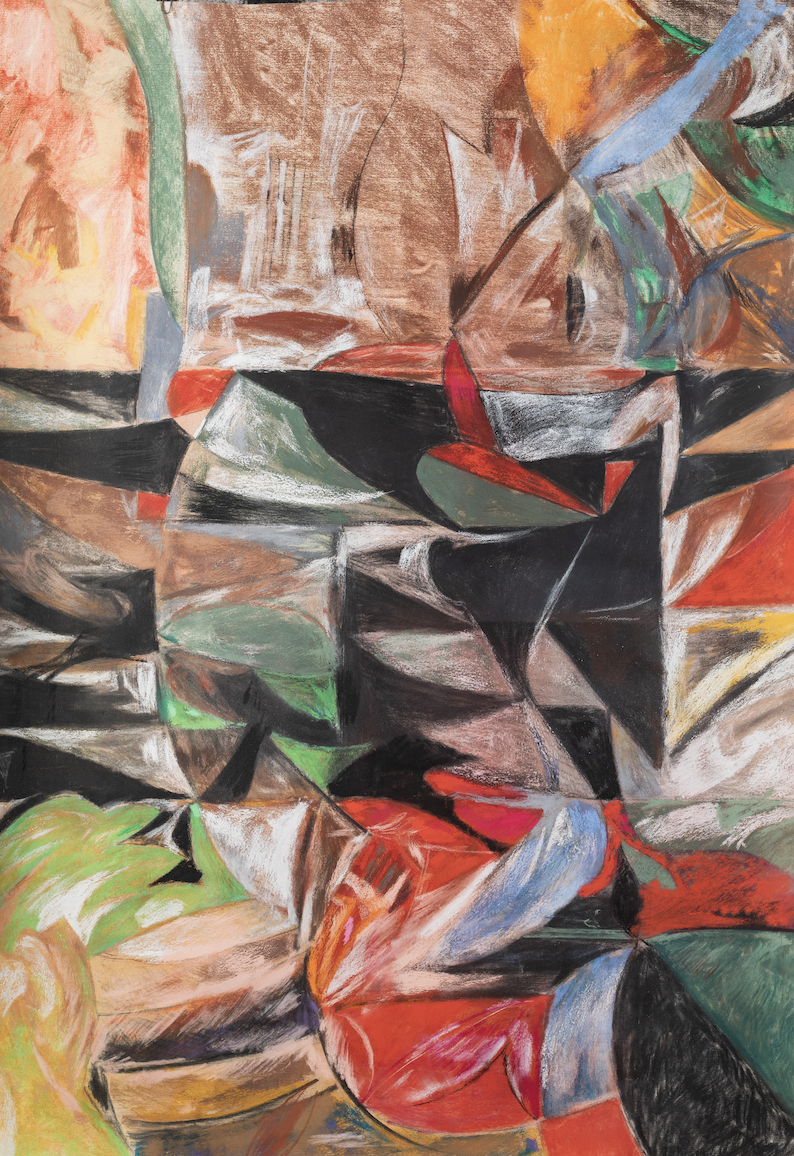
Ora Loapi artist Phillip Segola studio artwork
Botswana: Photographs of a Country in Transition Places and Their People 1965 - 2016 , Sandy Grant
The below article explores the concept of flooding the archive as a critical curatorial strategy, with a focus on its application in Botswana and the work that propelled the formation of Ora Loapi in 2019.
By Lerato Motshwarakgole, Founder and Director
Drawing on postcolonial theory, critical archival studies, and feminist epistemology, I hope to position flooding the archive as a method of blending colonial and state-sanctioned narratives by introducing abundance, speculative presence, and multiplicity through exhibition making and the various programs we have at Ora Loapi. In the Botswana context — where archival practices have historically privileged state narratives and textual documentation — this approach becomes particularly urgent. Through an analysis of Botswana’s oral traditions, under-documented social histories, and emerging contemporary cultural forms, Ora Loapi proposes curatorial methodologies that flood the archive with oral, digital, affective, and ephemeral materials, offering a more plural and dynamic vision of national memory.
Historical Considerations
Botswana’s archives have long been shaped by colonial legacies, missionary documentation, and post-independence state-building narratives. While these archives have provided valuable historical records, they have also somewhat silenced many voices: those of women, queer communities, migrant laborers, informal economies, and youth subcultures. The concept of flooding the archive, emerging from global curatorial discourses, offers a means to address these exclusions by contributing to the archive documentation that amplify perspective , multiplicity, speculative reconstructions, and saturation with the hope of inserting a specific jurisdiction into the contemporary African art zeitgeist. This article investigates the foundations of flooding the archive and proposes how this approach can be mobilized in Botswana’s foundational cultural institutions and curatorial practices.
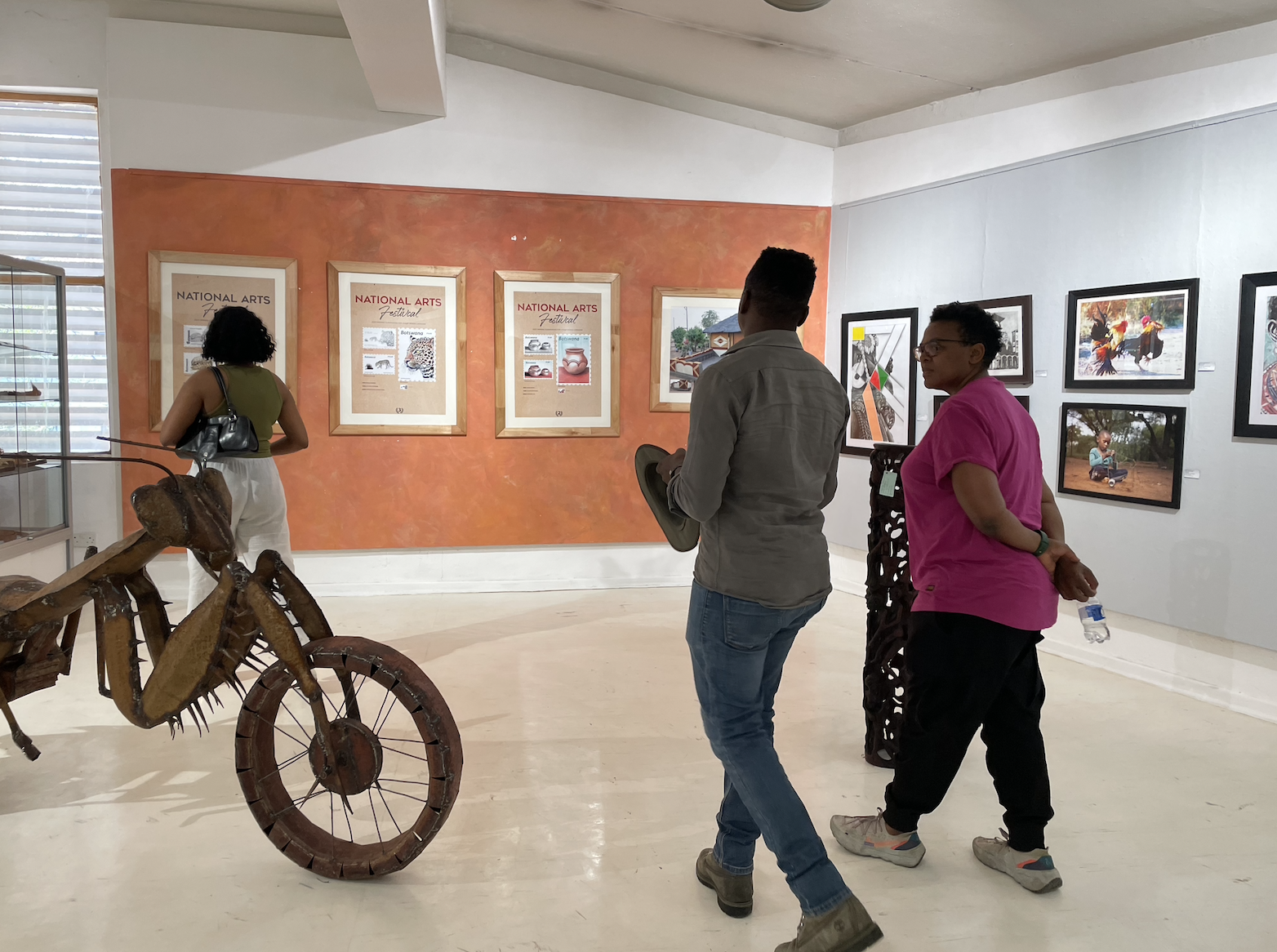
Curator in residence program - Javett Art Centre
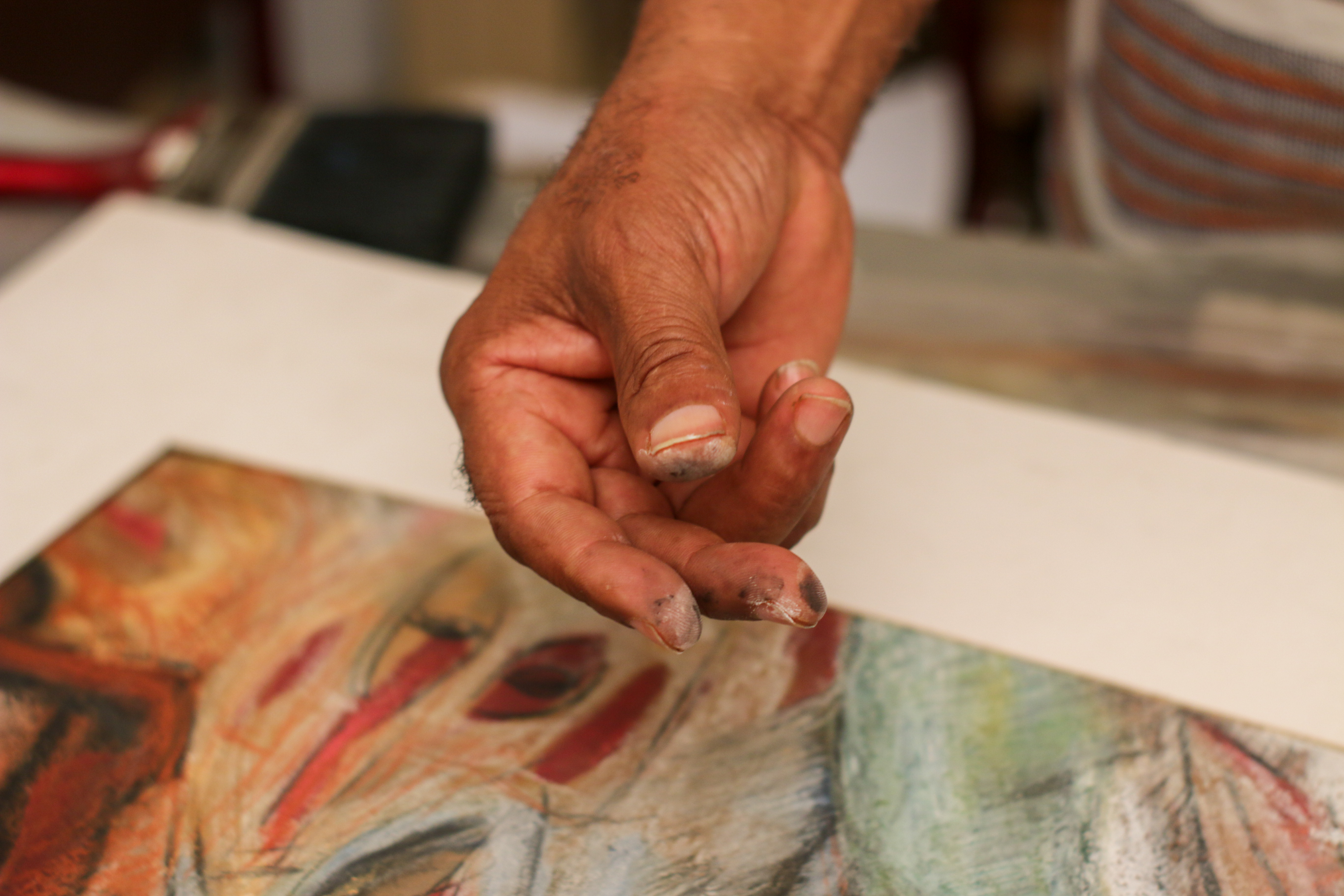
Phillip Segolas
Botswana’s archives have long been shaped by colonial legacies, missionary documentation, and post-independence state-building narratives...
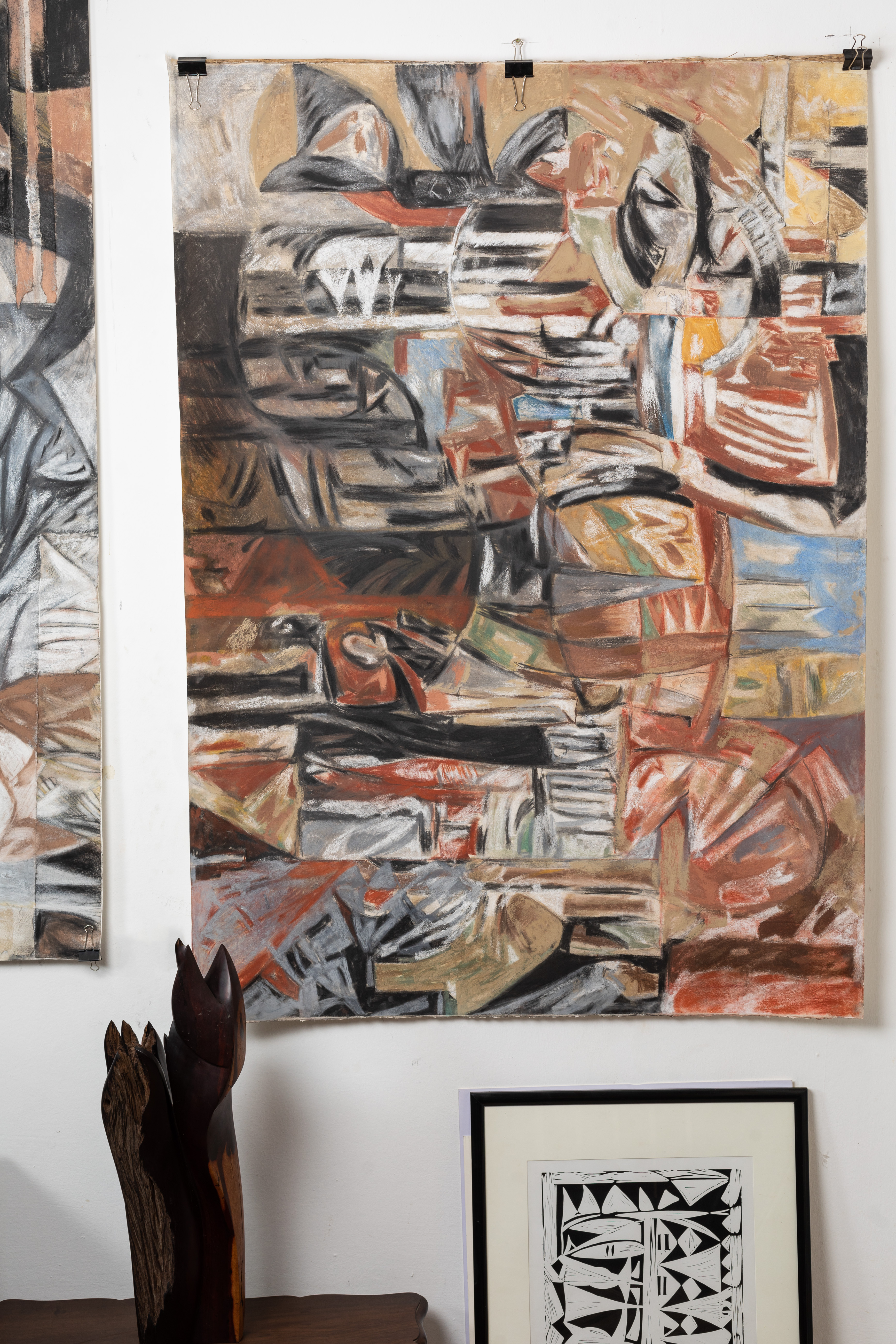
Ora Loapi artist Phillip Segola studio
"Flooding the archive offers Botswana a powerful curatorial strategy for rebalancing historical omissions, embracing multiplicity, and shaping a dynamic, living archive."
Lerato Motshwarakgole is the Founder and Director of Ora Loapi. She holds an BA (Hons) in Theatre and Performance from University of Cape Town and an MA in Arts In Education from Harvard University. Ora Loapi facilitates the global circulation of pedagogies, best practices and the latest research in the visual arts from Botswana.
Lerato Motshwarakgole

Foundations of Flooding the Archive: Postcolonial and Decolonial Critiques
As Achille Mbembe (2002) and Carolyn Hamilton (2002) argue, archives are instruments of power. In Botswana, colonial archives privileged external accounts, omitting indigenous narratives. Flooding the archive, in this context, becomes an act of restitution. I first encountered an extensive archive of my people’s history whilst studying and subsequently working at Harvard University in pursuit of my Masters. I was then a Teaching Fellow in the Arts in Education program at the Harvard Graduate School of Education and the Derek Bok Media Fellow at the Derek Bok Centre for Teaching and Learning. It was during this period that I was exposed to broader historical narrative through the Benin Bronzes and several other African artifacts that are in the universities collection. I am currently a board member of the Harvard Centre for African Studies Leadership Council and part of the integral work I did was in helping to shape the Harvard African Art Initiative with the Director Professor Emmanuel Akyeampong.
Critical Fabulation and Speculative Presence
Saidiya Hartman’s (2008) concept of critical fabulation emphasizes storytelling in the absence of documentary evidence. For Botswana’s unrecorded histories — from women’s domestic economies to migrant workers’ oral accounts — curatorial flooding invites speculation and imaginative reconstruction. One of our most viral post from Ora Loapi was rare video documentation of women building a dam in pre-independence Botswana. This catapulted the an array of conversation and uncharted perspectives in Batswana women’s role in nation building and propelled us at Ora Loapi to continue with this critical pedagogy through the digital world.
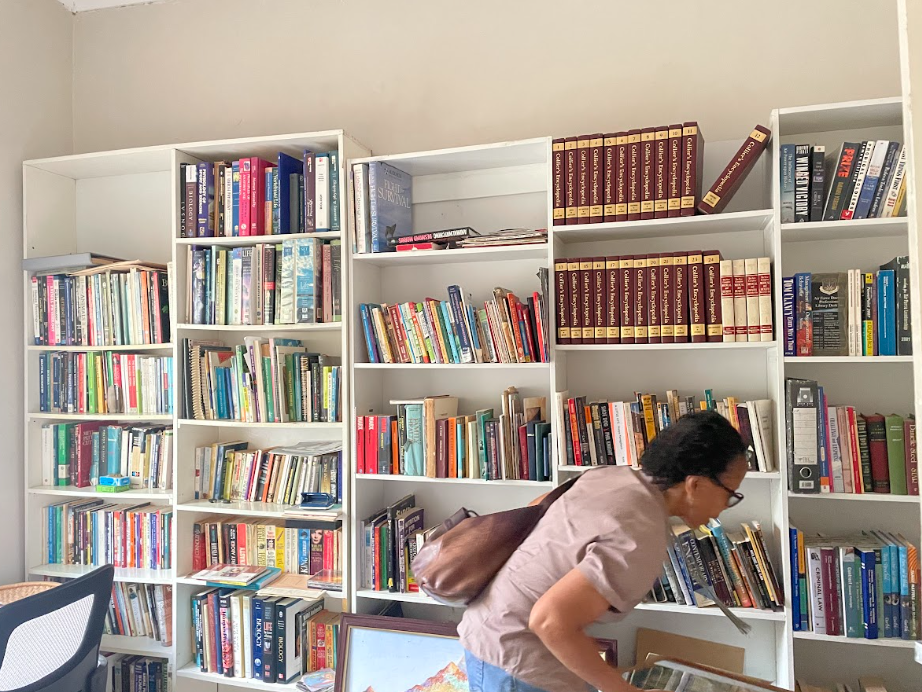 Aga Motse Centre book selection
Aga Motse Centre book selection
Media Saturation and Digital Multiplicity
Wolfgang Ernst’s (2013) work on digital archives shows that saturation is not chaos but possibility. In Botswana, digital platforms can enable layered, multimedia flooding of the archive with audio, video, and social media content. Ora Loapi was founded in September 2019. The Covid pandemic in 2020 with the world on lockdown really helped Ora Loapi propel the digital multiplicity. The timing couldn’t have been more perfect.
Botswana: Case Studies and Possibilities
To add on to Ora Loapi’s digital flooding we added on to our program offerings with four core programs: Agang Program, Amogelang Grant, Fofa Africa Dialogues, curators-in-residence program and then international art fair exhibitions/participation. Guests such as Nelson Makamo,
Thonton Kabeya, Zanele Muholi and Victor Ehikhamenor became instrumental in driving the notion of contextualizing our archive to various theories like Okeke ‘ natural synthesis’ and more. The Agang (‘to build’ in Setswana) Program flourished through our various policy advocacy work in making spaces, practices and policies more conducive for artistic practice. This was highlighted with the formation of the National Arts Council of Botswana in 2021, for which I serve as Vice Chairperson of the Board of Directors. For our curators in residence program we explore Tishman’s theory of ‘Slow looking’ which saw curators Gabi Ngcobo, Tammy Langtry, Micheal Stevenson and Puleng Plessie visit Botswana to just, quite literally, look slowly and leisurely. Various organizations and practitioners have been recipients of our Amogelang (To ‘recieve’ in Setswana) Grant was borne out of the legacy of my grandmother, Amogelang Motshwarakgole. Aga Motse Centre, Banana Club and more have been recipient of the Amogelang Fund in a sincere effort to build community.
Oral Traditions as Flooding Agents
The oral archive in Botswana — dithoko, dipina tsa bogosi, and folktales — remains under represented in formal collections. Flooding strategies could involve mass recordings, podcasts, and multimedia exhibitions capturing regional variations and performance styles.
Archiving Social Histories and Informal Economies
The labor histories of Botswana’s mineworkers in South Africa, the informal trade routes between Botswana and Zimbabwe, and the evolution of street vending are ripe for archival flooding. Crowdsourced materials and photographic interventions could fill these silences. Sandy Grant Archive, the Department of Broadcasting Services Archive (through the tireless work of Felicity Male) and Phillip Segola Archive lead the way in institutionalizing memory through the collaborations with Ora Loapi.
Queer Archives and the Politics of Presence
Post-2019 decriminalization provides an opening for Botswana to flood its archive with queer stories, visual art, and ephemeral material culture that has been historically invisible. Exhibitions could feature speculative installations and community-based archival workshops. For two years Ora Loapi has been collaborating with the Banana Club Artist Fund in the judging process, work that excites and propels our mandate.
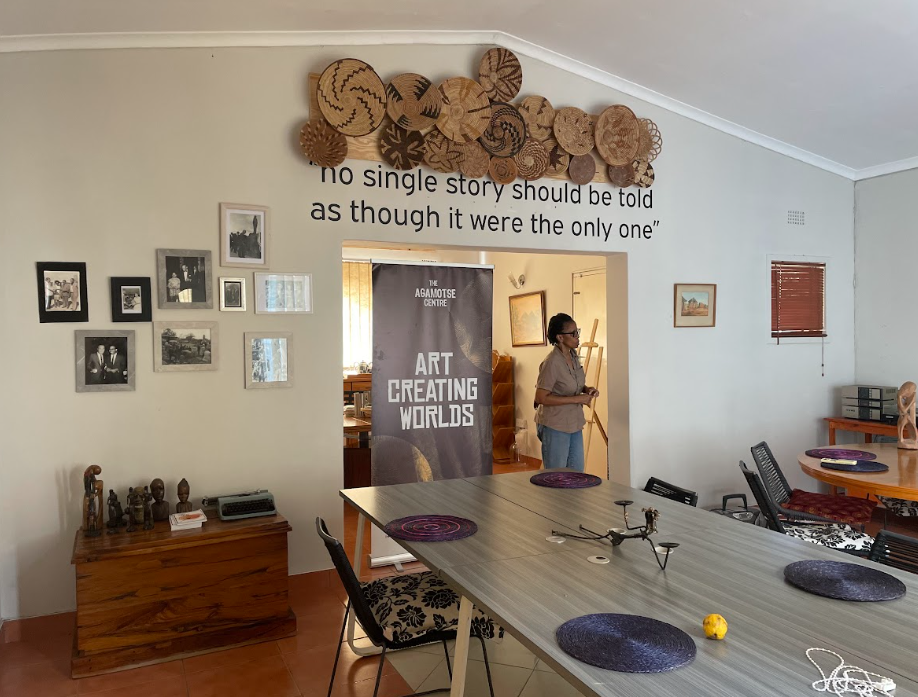 Aga Motse Centre founded Wame Molefhe
Aga Motse Centre founded Wame Molefhe
Youth Culture and Popular Archives
Kwaito, hip-hop, street fashion, and youth political activism are part of Botswana’s contemporary heritage. Digital flood archives could include social media documentation, artist zines, and participatory projects with youth cultural producers. The Agang Program invests in these energies. We recently curated the Kaene Palalani’s exhibition at the national museum. 2019 also saw the flood of formation youth led organizations alongside Ora Loapi like The Banana
Club, The Space Botswana and the TBP Collective. This is no way coincidental and harkens the urgency of the action of flooding the archive.
Challenges and Ethical Considerations
Flooding the archive also raises concerns:
- Archival Authority vs. Multiplicity: How do institutions balance saturation with curatorial clarity?
- Ethics of Speculation: How far can curators go in imagining histories without risking distortion?
- Digital Access and Exclusion: How do we ensure equitable participation in digital flooding, given rural-urban digital divides?
Toward a Plural Archive in Botswana
Flooding the archive offers Botswana a powerful curatorial strategy for rebalancing historical omissions, embracing multiplicity, and shaping a dynamic, living archive. By overwhelming colonial and state-centric narratives with abundance — from oral recordings to ephemeral queer histories — Botswana’s cultural institutions can move toward an archive that is not merely a repository of the past, but a space for contestation, imagination, and future-making. Through platforms like Latitudes we look forward to creating world that we want to live in.
Photographs by Ora Loapi
The research and presentation by Ora Loapi adopts a qualitative, interdisciplinary approach:
- Literature review: Drawing on archival theory (Derrida, 1995), postcolonial critiques (Mbembe, 2002), and feminist/queer epistemologies (Hartman, 2008; Muñoz, 2009).
- Archival Analysis: Reviewing Botswana’s national and regional archives, including the Botswana National Archives and Records Services (BNARS), digital archives for various sources (Harvard University, UN etc) and museum collections to identify gaps.
- Case Study Approach: Analyzing curatorial projects across Africa (Kouoh, Chimurenga Library) and speculative scenarios for Botswana.
- Oral Interviews, funding and exhibition collaborations with local cultural practitioners and organizations like Oodi Weavers, Aga Motse Centre, Thapong Visual Arts Centre, Phillip Segola Archive, Banana Club and museum curators to assess openness to archival saturation approaches.
References
- Derrida, Jacques. Archive Fever: A Freudian Impression. University of Chicago Press, 1995. • Hartman, Saidiya. “Venus in Two Acts.” Small Axe 12, no. 2 (2008): 1–14.
- Mbembe, Achille. “The Power of the Archive and Its Limits.” In Refiguring the Archive, edited by Carolyn Hamilton et al., Kluwer Academic, 2002.
- Ernst, Wolfgang. Digital Memory and the Archive. University of Minnesota Press, 2013.
- Rogoff, Irit. Smuggling — An Embodied Criticality. European Institute for Progressive Cultural Policies, 2006.
- Muñoz, José Esteban. Cruising Utopia: The Then and There of Queer Futurity. NYU Press, 2009.
- Kouoh, Koyo. The Missing Archive: African Contemporary Art Practices and the Archive. 2018.
- Chimurenga Library, The. Platform for Pan-African Imagination and Speculative Archives. • Hamilton, Carolyn, et al. Refiguring the Archive. Kluwer Academic, 2002.
Further Reading In Articles
African Artist Directory































